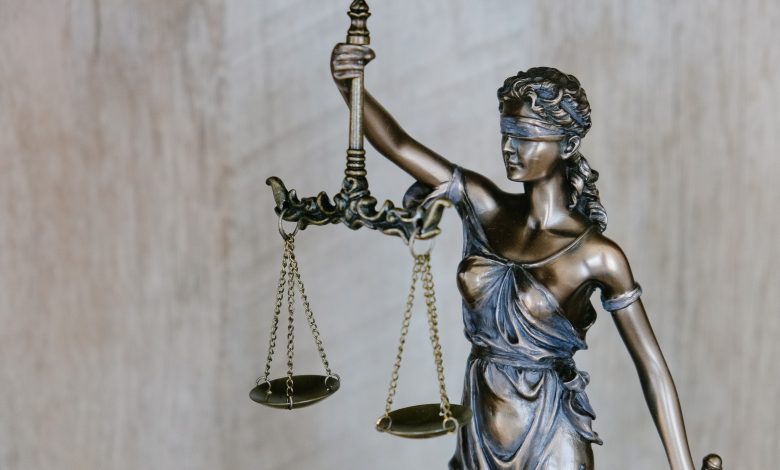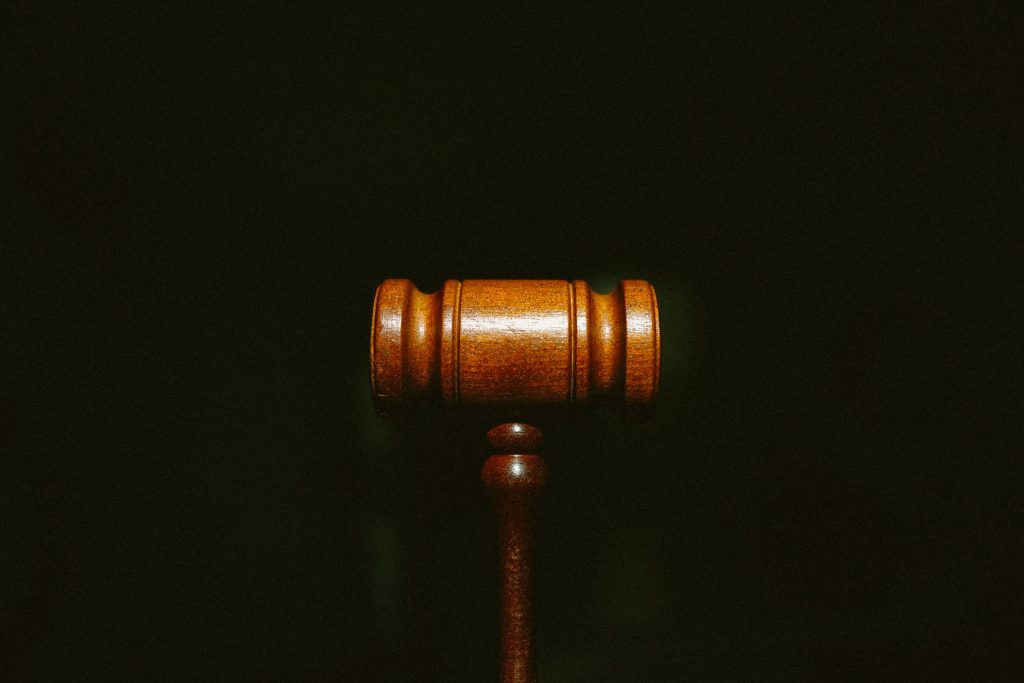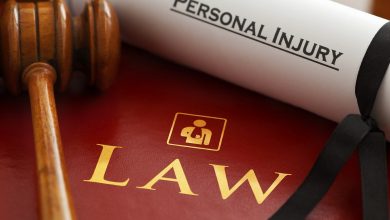Bail vs Bond: What’s the Difference?

When talking about the issue of bail vs bond, people tend to use the words interchangeably. Most people hardly know the difference between both words.
A person detained by the police and charged with an alleged crime can only regain their freedom either by posting bail or getting a bond. A judge is in the position to specify the sum of bail after considering certain factors. They include:
- The extent of the alleged crime
- The possibility that the accused will engage in more crimes after regaining their freedom
- The likelihood that the accused will escape the jurisdiction before trial
A judge has the power to fix bail at his or her discretion; however, it must be logical. The judge can also deny the alleged defendant bail completely.
Bail vs Bond
Bail and bond are legal terms that people substitute with each other when it comes to the matter of bail release. This exchange is because of the relationship between the two; nonetheless, both words don’t connote the same meaning. Bail is the sum of money paid by an accused person to secure a release from jail while awaiting trial. On the other hand, a bond company can post a bond to ensure the defendant’s release.
Bail doesn’t aspire to penalize defendants. Instead, it’s a means of guaranteeing the accused person’s return to court to finalize the process of their trial. This means that bail is synonymous with collateral the accused will submit to the court to substantiate that after the defendant’s release from jail, they’ll return to undergo the remaining process of their trial. In a situation where the accused faults any of the conditions of their release, they’re likely to lose the sum of money paid for their bail. If the accused posted a bond, the bail bond company loses the money too.
Bail Hearing
After a person’s detention, a judge or other court authority will determine the bail amount and assess other conditions required for the accused to regain their freedom. Conditions like a flight risk and being a threat to the public for subsequent unlawful activity may cost the defendant their freedom. Moreover, some factors that may favor the accused in securing bail include a clean history of illegal activity and ties to the community.
The likely verdicts in a bail hearing include:
Release Based on Own Recognizance
The accused regains their freedom after signing a pact vowing to appear in court to fulfill other bail conditions.
Personal Bond
The accused obtains bail after signing a bond, which declares that he or she will be responsible for the criminal and civil punishment upon failing to show up in court.
Bail Fixed With Terms of Release
The accused regains their freedom by posting bail in the sum of money fixed by the court, which could involve direct payment or acquiring a surety bond through a bond company.
Refusal of Bail
The judge refuses the defendant’s bail based on the defendant being a flight risk or a risk to the public.
Bail Bond Companies
The court typically fixes bail amounts at a rate greater than the financial strength of most defendants. Bail bond companies are usually after profit and levy a nonrefundable fee to their clients. This fee is usually ten to 20 percent of the sum of the bail amount to secure bail for an accused.
The bail bond firm signs a contract dubbed the surety bond, accepting that it’s responsible for the complete bail payment if the accused fails to show up in court, or otherwise, they’ll lose bail. Given that the bail bond company is mainly responsible for a considerable amount of money on behalf of the accused, it may require the arrested person to periodically check in or even approve for the bail bond company to supervise him. In cases where the accused person fails to show up in court, the bail bond company may hire the service of a bail recovery agent, otherwise known as a bounty hunter.
How Bail Works
An accused may not end up in jail while their case is pending. Based on a judge’s disposition, the accused may pay a bail amount to signify that they’re ready to comply with their bail condition and willing to appear in court when necessary. Upon the accused appearing in court, the money previously paid will be due for a refund. However, if the accused renege on their promise, they automatically lose their money and are at the risk of the court charging them with bail jumping.
This crime will be an additional one to their case and may result in more severe punishments. Besides, an accused may go to jail for bail jumping without being guilty of the initial crime.
Bond
If you’re capable of paying the whole bail amount, you can post bail directly by cash or by using your credit card. In most cases, the accused post bail by purchasing a bond from a bail bond company. This alternative requires the accused to pay a nonrefundable premium, given that the bail bond company will lose the bail amount if the accused fails to appear in court.
Often time, the premium is about ten percent of the bail amount. Another option, less used, is to release to the court a substantial asset that’s equivalent to the bail amount. This asset may include private properties, like vehicles, jewelry, or clothing. The accused will get back their asset once the case is over in the same manner as they’d their money.
Hybrid Bail Payment Structures
In a situation where you’re unable to post bail by yourself and unwilling to get a bond from a bail bond company, you can find another viable solution. Based on your state of residence, the court system may finance your bond. You may have to release about ten percent of the complete bond fee to the court, and you may have to secure the bond with collateral, as it’d have been with a bail bond company.
However, a significant distinction between a court system financing your bail bonds and private bail bonds doing so is that the former will refund the ten percent fee after the closing of the case given that the accused appeared in the court. If the accused is absent at the court during the trial, they’ll forfeit the complete amount of the bond and probably the asset used in securing it. The court also may charge them with bail jumping, and they may have to stay in jail until the final ruling.

Bail Algorithms
When a judge concludes that an arrested person is deserving of bail and has decided on the amount of bail they should pay, bail algorithms carefully consider the risk of the accused failing to show up in court. More so, they’ll evaluate the risks of the accused person proceeding with illegal activities or committing another offense before the commencement of the trial.
To arrive at this conclusion, the judge typically goes further than examining the charges and the criminal history of the accused. Bail algorithms can go through bail reports submitted by bail investigators clarifying the accused’s reputation. They also may listen to the judgments of the people that know the accused.
Nevertheless, the decision to grant bail rests on the shoulders of the judge. A bail algorithm is a means of facilitating the bail process and ensuring it’s fairer.
Advantages of Bail Algorithms
Bail algorithms serve as a guide to judges, giving them a statistical analysis, which an array of factors establish. These operations oversee a fair examination of the accused’s flight risk.
A bail algorithm typically generates a distinct score, but in some cases, it will submit a suggestion for whether the arrested person should be released. Sometimes, an algorithm assesses the risk of the accused committing an offense and the risk of them failing to show up in court individually. There are possibilities also that it might assess the risk of an accused committing a violent crime and the risk of them committing a non-violent crime.
How Fair Is the Bail Algorithm?
Factors that algorithms usually assess comprise of the charges leveled against the accused, their criminal history, their age, and any record of formerly failing to show up at a trial.
Lots of observers have cheered the use of bail algorithms as a means of eradicating prejudice and enhancing consistency. Nevertheless, some studies indicate that people with less privileged backgrounds and people belonging to minority groups receive less advantageous treatment from judges during the bail procedure than people from privileged backgrounds. Moreover, a high rate of bail refusal can cause undue overcrowding in jails.
Potential Problems With Bail Algorithms
Bail algorithms aren’t an ideal answer to the problem. The factors that they evaluate may be less inclusive than those that a judge may evaluate. For instance, an algorithm may omit information about drug abuse in an accused’s history. It may even not consider the defendant’s employment status (the certainty of these factors deducing the flight risk of the accused remains unclear).
Sometimes an algorithm lays unnecessary importance on the formal charge, while failing to account for the distinctive truths of the circumstance. All accused don’t pose the same degree of risk. For instance, a thief who got scared and threw a fist at a security guard when he or she was apprehended may face a robbery charge, as with a group of robbers who held bank tellers at gunpoint. One can tell that the two circumstances aren’t the same, although they may carry the same label of charge.
Bail Algorithm and the Issue of Bias
Furthermore, even though bail algorithms were put in place to subdue racism and other biases, there have been doubts about whether they accomplish this goal. People in minority groups have higher chances of being arrested and charged. Since bail algorithms consider the arrest and criminal history of the defendants, this may imply that they naturally judge against minorities.
Bail Schedules
Upon arrest, the first time a defendant needs to be in court may be to deduce bail. This is the amount you have to pay in order not to remain in jail throughout your case. Bail depicts an agreement to appear in court when due. Particular rules may apply to establish the bail amount, but judges have the prerogative to change those rules either by adding to or reducing the bail amount.
In some situations, a judge may release an accused based on their own recognizance; that is, they don’t have to pay any bail. In other situations, a judge may not grant the release of the accused if they believe that the accused is a flight risk, or a risk to the public, or if the accused is served a warrant in another court.
You can post bail directly or acquire a bond from a bail bond company. Family members may help an accused to oversee this responsibility. A lawyer may stand-in for you at a bail hearing but can’t help you pay bail.
Police Bail Schedules
In some states, defendants can post bail with the police before they attend their first bail hearing. The bail amount is dependent on the crime faced by the accused. If you were apprehended on the impression of perpetuating a felony, you may have to pay ten times the bail amount for a misdemeanor. You may regain your freedom if you’re able to pay this sum of money, instead of waiting for a court hearing.
A major distinction between bail determinations by judges and police bail schedules is that the former can change the bail amount considering some factors, such as an accused’s criminal record and employment status. These factors don’t influence the bail schedule in a jail. If you’re reluctant to pay the bail schedule, you may head to court to present your case to a judge.
Duty Judge
In some states, a duty judge can help you acquire bail. These judges will examine an accused’s case and deduce a bail amount in a phone hearing. The accused doesn’t have to appear in court. A duty judge may apply more flexibility than the police when deducing a bail amount but may not carefully address your case like a regular judge.

Problems With Using Bail Schedules
Many accused are charged with the most serious conceivable crime in this situation. A person found in the custody of illegal drugs may be prosecuted with drug trafficking rather than drug possession if there’s available evidence to charge the accused with such crime, despite that drug possession is more realistic. In other words, the bail amount under a bail schedule may exponentially beat the normal amount. The prosecutor may lower the gravity of the charge sometime later, but this won’t influence the bail amount an accused will pay under a bail schedule.
Bail While Pursuing an Appeal
When an accused is convicted of a crime, they reserve the right to appeal the conviction. They may have recognized an error during the process of the trial, for instance, or they may assert that their constitutional rights were disregarded. Even if the courts have convicted you of a crime, you may successfully post bail and be allowed out of imprisonment as your appeal progresses.
However, a convicted defendant doesn’t have the constitutional right to bail during the appeal, as they do while anticipating a trial in a criminal case. Any possibility for bail while seeking an appeal has to do with the law of your state. A handful of states don’t permit post-conviction bail regardless. Nonetheless, some states give judges significant discretion in deducing whether it’s reasonable and how great the bail should be. You can appeal a judge’s decision if they refuse bail or fix a large sum of money, but this is typically futile unless the judge fails to assess relevant factors.
Considering the Crime and Sentence
It’s the responsibility of a defendant to prove that post-conviction bail is reasonable. The court will evaluate the offense which led to the conviction of the accused and the verdict given by the judge to infer whether to grant post-conviction bail, or not. The state could exclude the option of bail if the court convicted the accused of a felony such as murder or a sex crime.
This is so because, after conviction, one can’t presume the accused to be innocent, hence such accused stands as a threat to the community they belong considering their record of violence. A sentence of prolonged imprisonment may discourage a judge from granting post-conviction bail, given that the chances are high that the accused may escape if their appeal becomes unsuccessful.
When the State Can Permit Post-Conviction Bail
Some states still permit post-conviction bail in cases whereby the sentence is shorter than the time necessary for the appellate court to assess the conviction. If the accused stayed in prison during the appeal, they’d have spent more time in prison than the duration of their sentence, thereby resulting in an unjust outcome if their appeal prevails. An appeal may linger for months or a year; thus, most misdemeanors are within this classification.
With the above information, you can determine how best to pay your bail and how to get a lesser bail amount.



